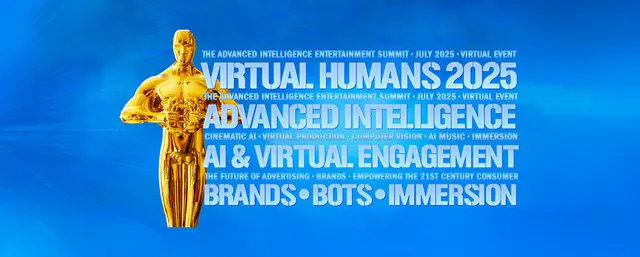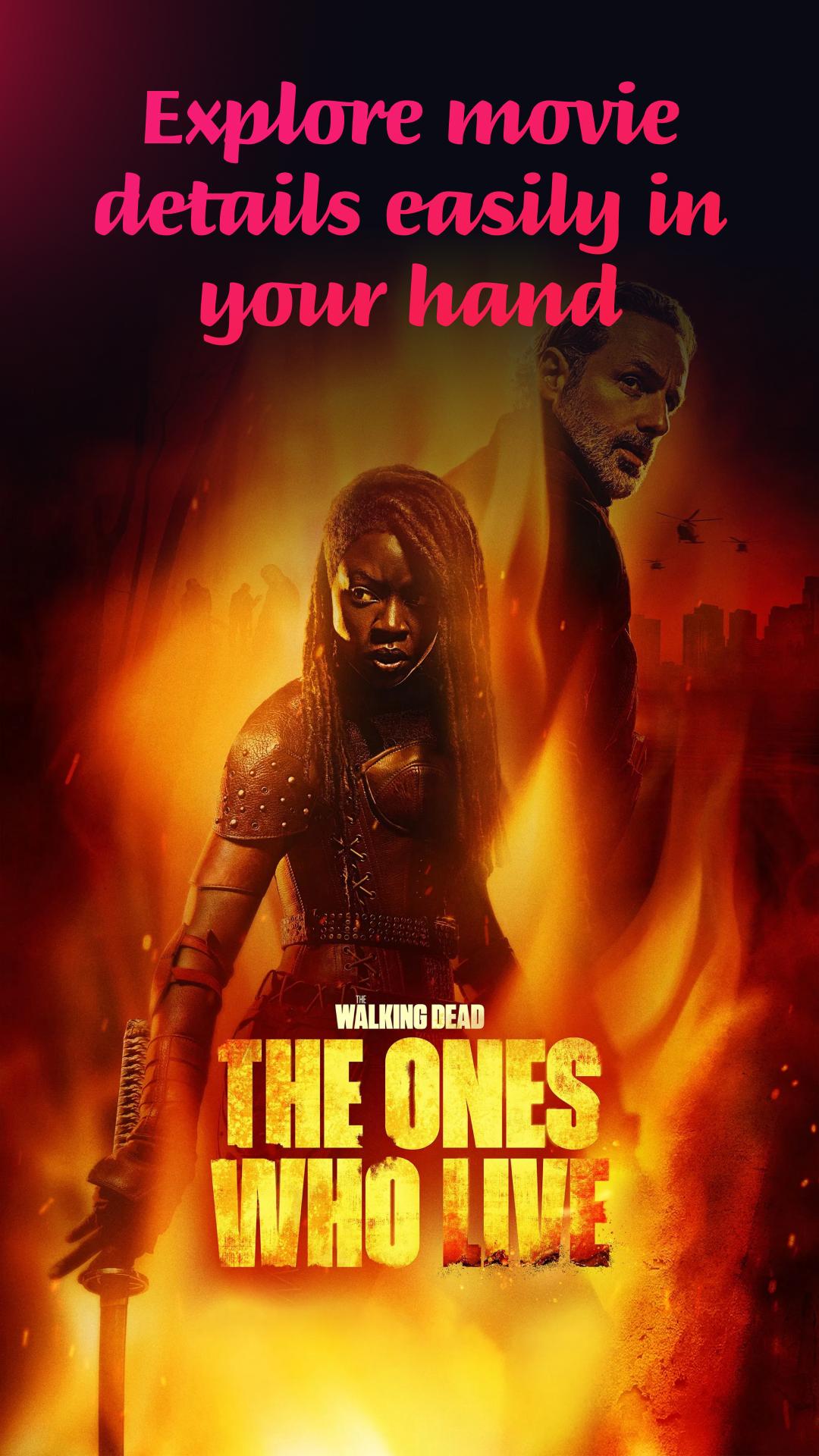
The film industry has always been at the cutting edge of technological evolution—from the first motion pictures to today’s hyperrealistic virtual worlds. In recent years, a wave of new technologies has dramatically transformed how movies are made, from pre-production to post-production. Here are the top innovations redefining film production in the 21st century.
1. Virtual Production and LED Volume Stages
Virtual production has revolutionized the way filmmakers blend live-action and digital environments. Using massive LED walls—popularized by The Mandalorian—directors can project photorealistic backdrops in real time, eliminating the need for location shoots or green screens. These LED volumes respond to camera movement, creating realistic lighting and reflections that seamlessly integrate actors with virtual worlds. The result: immersive storytelling, reduced travel costs, and faster production cycles.
2. Artificial Intelligence in Filmmaking
AI is becoming a silent creative partner in modern cinema. From script analysis and storyboarding to visual effects and post-production, artificial intelligence speeds up workflows and enhances decision-making. Tools like Runway and OpenAI’s Sora generate AI-driven previsualizations and motion graphics, while machine learning algorithms analyze audience preferences to predict market success. Even in editing, AI can automatically organize footage, color-correct scenes, and improve sound quality—giving filmmakers more time for creativity.
3. Cloud-Based Collaboration
The cloud has transformed how global film crews collaborate. Platforms like Frame.io and Adobe’s cloud-based Creative Suite allow editors, directors, and VFX teams to work together from anywhere in the world. High-resolution footage can be uploaded, reviewed, and annotated in real time. This remote production model gained momentum during the pandemic and has now become an industry standard, enabling studios to tap into international talent without geographic limits.
4. 3D Scanning and Photogrammetry
Creating realistic digital doubles and environments has become easier thanks to 3D scanning and photogrammetry. Using high-resolution cameras and laser scanning, filmmakers can capture every detail of a physical space or actor. These scans are then converted into digital assets for use in CGI or virtual sets. This technology is especially valuable in action films and historical recreations, where accuracy and realism are paramount.
5. Motion Capture and Performance Technology
Motion capture (mocap) has evolved from bulky suits and tracking dots into lightweight, real-time systems. Modern setups capture even subtle facial expressions, allowing actors’ performances to translate directly into digital characters. Films like Avatar: The Way of Water and Planet of the Apes showcase how mocap enhances emotional depth in CGI storytelling. This fusion of human expression and digital artistry continues to push cinematic realism to new heights.
6. Drones and Autonomous Cinematography
Aerial cinematography has never been more accessible. Drones equipped with 4K and even 8K cameras allow filmmakers to capture dynamic, cinematic shots at a fraction of the cost of helicopters. Advances in drone AI enable pre-programmed flight paths, obstacle avoidance, and automated tracking of moving subjects. From indie productions to blockbusters, drones have become indispensable tools for creative storytelling.
7. Real-Time Rendering and Game Engines
Game engines like Unreal Engine and Unity are bridging the gap between gaming and filmmaking. Real-time rendering allows directors to see visual effects instantly, cutting down on months of post-production work. This technology also supports interactive storytelling, virtual scouting, and even immersive VR experiences. As the boundaries between film and game production blur, real-time rendering is paving the way for a new era of digital cinema.
8. Extended Reality (XR) and Virtual Reality (VR)
XR and VR are changing how audiences experience stories—and how filmmakers create them. Directors can explore virtual sets before shooting begins or design interactive narratives where viewers become part of the story. These technologies are also used in training crews, simulating camera movements, and visualizing complex shots, offering unprecedented creative flexibility.
The Future of Film Is Tech-Driven—But Story-Led
While technology continues to reshape film production, one truth remains: storytelling is the heart of cinema. The most advanced tools are only as powerful as the stories they help tell. As AI, virtual production, and real-time rendering evolve, filmmakers stand on the threshold of a new creative era—one where imagination, not limitation, defines what’s possible.
RELATED POSTS
View all


